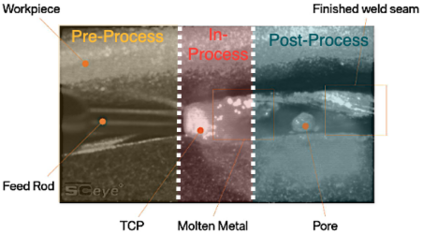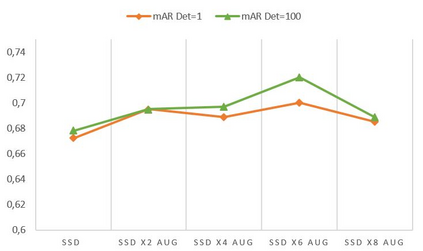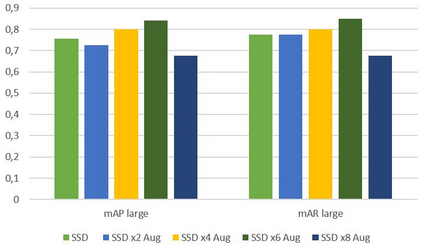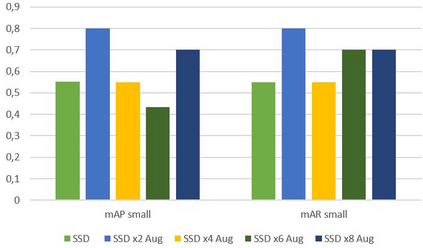With the rise of deep learning models in the field of computer vision, new possibilities for their application in industrial processes proves to return great benefits. Nevertheless, the actual fit of machine learning for highly standardised industrial processes is still under debate. This paper addresses the challenges on the industrial realization of the AI tools, considering the use case of Laser Beam Welding quality control as an example. We use object detection algorithms from the TensorFlow object detection API and adapt them to our use case using transfer learning. The baseline models we develop are used as benchmarks and evaluated and compared to models that undergo dataset scaling and hyperparameter tuning. We find that moderate scaling of the dataset via image augmentation leads to improvements in intersection over union (IoU) and recall, whereas high levels of augmentation and scaling may lead to deterioration of results. Finally, we put our results into perspective of the underlying use case and evaluate their fit.
翻译:随着计算机愿景领域深层学习模式的兴起,在工业过程中应用这些模式的新可能性证明是巨大的收益。然而,机器学习在高度标准化工业流程中的实际适合性仍在辩论之中。本文件讨论工业实现AI工具方面的挑战,同时考虑到激光比姆焊接质量控制的运用案例。我们使用TensorFlow物体探测API的物体探测算法,并使用转移学习来调整这些算法。我们开发的基线模型被用作基准,并被评估和比较为进行数据集缩放和超分光计调的模型。我们发现,通过图像增强的适度缩放通过图像放大导致在结合(IoU)和回顾(IoU)之间的交叉性改进,而高度的增强和缩放可能会导致结果的恶化。最后,我们将我们的成果纳入基本使用案例的视角,并评估其是否合适。











